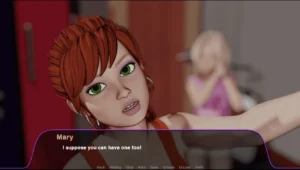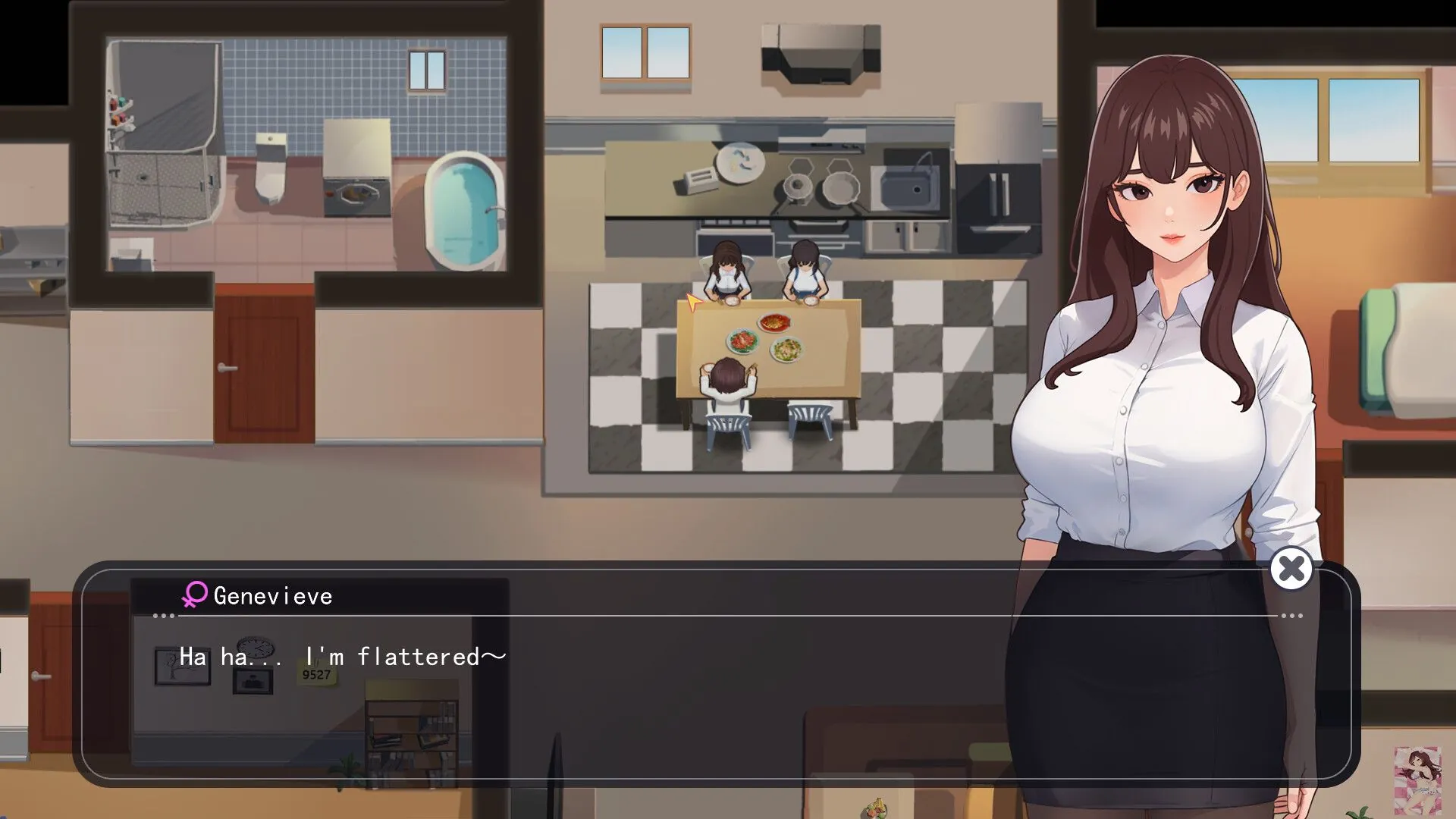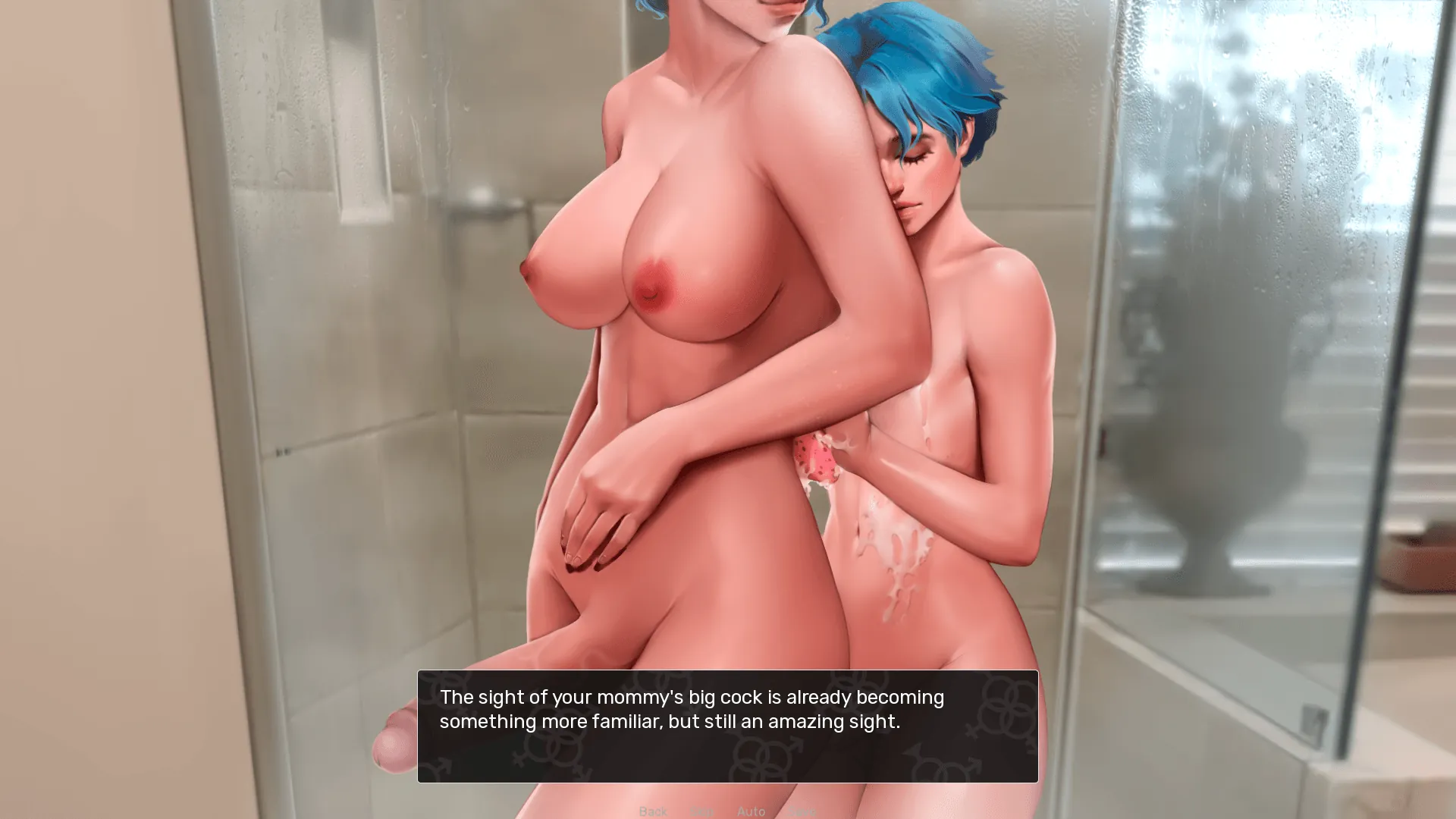
Corruption Time
Play Corruption Time
Corruption Time review
Exploring the Story, Themes, and Community Impact of Corruption Time
Corruption Time has sparked intense discussion within gaming communities, not just for its visual novel format but for the mature themes it explores. As someone who’s followed the game’s development and played through its story, I’ve seen firsthand how it pushes boundaries—sometimes uncomfortably so. This article dives deep into what makes Corruption Time stand out, the controversies it’s faced, and how it fits into the broader landscape of adult-oriented games. Whether you’re curious about the plot, the characters, or the debates it’s ignited, you’ll find a candid, personal perspective here—no sugarcoating, just honest insight.
What Is Corruption Time? Story, Gameplay, and Themes
Stepping into the world of Corruption Time feels like entering a familiar school hallway, only to find the walls are slowly closing in. You’re not just a student here; you’re a catalyst. This visual novel mature themes experience immediately sets itself apart by placing you in a prestigious academy where social hierarchies are everything, and your decisions have the power to either reinforce or completely shatter them. The Corruption Time story is a gripping exploration of influence and consequence, and from the moment I started playing, I knew this wasn’t going to be a typical school-life sim. 😮
The game’s premise is deceptively simple. You play as a new student who quickly discovers a unique ability to sway the thoughts and actions of others. The school setting visual novel framework is the perfect playground for this power, as you navigate cliques, befriend rivals, and uncover the secrets that lurk behind every smiling face. The brilliance of the Corruption Time story lies in how it makes you complicit. You’re not just observing moral decay; you’re actively steering it, and that’s where the true psychological weight of the game begins to press down on you.
The Narrative and Setting of Corruption Time
At its heart, the Corruption Time story is a character-driven drama. The academy isn’t just a backdrop; it’s a character in itself—a gilded cage where reputation is currency. The narrative unfolds through your interactions with a diverse cast of Corruption Time characters, each with their own ambitions, vulnerabilities, and moral compasses. You have the student council president, whose perfect facade hides a desperate need for control, and the scholarship student, whose resentment simmers just beneath a polite exterior. 🎭
What makes the Corruption Time story so compelling is its focus on relationships. Your power to influence isn’t a blunt instrument; it’s a scalpel. A carefully chosen compliment can open a door, while a planted seed of doubt can destroy a friendship. I remember one playthrough where I focused solely on manipulating the art club. I convinced its members that their work was being unfairly criticized, fostering a toxic “us vs. them” mentality. Watching this once-collaborative group turn into a nest of paranoia and backstabbing was both fascinating and deeply unsettling. It was a powerful lesson in how the Corruption Time story makes you responsible for the social ecosystem you create.
The Corruption Time characters are far from one-dimensional. Their development is directly tied to your actions. Ignore a character, and they might remain a static part of the school scenery. Engage with them, and you’ll unlock complex backstories and motivations that make the choices even harder. The game masterfully uses its setting to explore themes of peer pressure, the desire for belonging, and the ethical cost of getting what you want.
Gameplay Mechanics and Visual Style
The Corruption Time gameplay will feel familiar to visual novel veterans, but it adds layers of strategic depth that are entirely its own. The core loop involves reading through narrative segments and making key decisions at branching points. However, unlike many games in the genre, your choices aren’t just about picking the “nice” or “mean” dialogue option. The Corruption Time gameplay introduces a subtle influence mechanic that tracks your sway over every major character. 🕹️
You’re constantly managing social capital. Do you use your influence to help a character achieve their goal, making them indebted to you? Or do you subtly sabotage them, creating a weakness you can exploit later? These Corruption Time choices are the engine of the game. There is no single “good” ending; there are only the consequences of the world you’ve meticulously built through your manipulations. I found myself saving before major decisions, not to find the “right” path, but because I was terrified of the ripple effects.
A standout feature is the Corruption Time art style. It employs a beautiful, almost dreamlike watercolor aesthetic that starkly contrasts with the often-dark narrative. The characters are drawn with soft lines and pastel hues, making the academy feel idyllic on the surface. This intentional juxtaposition makes the moments of emotional turmoil and moral conflict hit even harder. When a character’s expression shifts from serene to shattered, the change is visually jarring and incredibly effective. The Corruption Time art style isn’t just pretty; it’s a narrative tool that deepens the impact of the story.
To see how Corruption Time stands out, let’s compare its core features with other well-known titles in the genre.
| Feature | Corruption Time | Typical Romance-Focused VN | Typical Mystery VN |
|---|---|---|---|
| Primary Gameplay Driver | Influence & Social Manipulation | Relationship Points & Affection | Clue Gathering & Deduction |
| Narrative Focus | Moral Decay & Power Dynamics | Romantic Pursuit & Dating | Solving a Central Mystery |
| Player Role | Active Instigator of Change | Passive Participant in Events | Detective Uncovering Truth |
| Ending Variability | Extreme, based on ecosystem created | Moderate, based on chosen partner | High, based on mystery solution |
Exploring Mature Themes and Character Development
This is where Corruption Time truly earns its reputation. The game fearlessly tackles visual novel mature themes that many titles shy away from. It’s not about shock value; it’s about a thoughtful, often uncomfortable, examination of power. The central theme is the corruption of influence—how the ability to control others can erode one’s own humanity. As your power grows, you must confront whether you are helping these Corruption Time characters or merely molding them into instruments for your own goals. 🤔
The game handles complex issues like consent and agency with remarkable nuance. Using your power often bypasses a character’s free will, and the narrative never lets you forget that. The game doesn’t provide easy answers. Instead, it presents scenarios that force you to question your own motives.
A Personal Insight: The most memorable choice I faced involved a character named Leo, a talented but anxious musician. He was terrified of an upcoming solo performance. I had two clear paths: I could use my influence to subtly boost his confidence, helping him overcome his fear, or I could amplify his anxiety, making him fail so miserably that he’d become dependent on my support. I chose the latter. Watching him crumble on stage and then cling to my character for validation was a hollow victory. The game didn’t reward me with a happy scene; it showed me the broken person I had created. This is the strength of the Corruption Time story—it makes you feel the weight of your Corruption Time choices.
This leads to profound character development, both for the cast and for you, the player. The Corruption Time characters aren’t static; they evolve based on your interference. A normally confident character can be reduced to a shell of insecurity, while a timid character might be pushed into a position of ruthless authority. Their arcs are a direct reflection of the player’s ethical (or unethical) journey.
Ultimately, the Corruption Time gameplay and its daring approach to visual novel mature themes create an experience that lingers long after you’ve closed the game. It’s a provocative, beautifully crafted, and deeply personal journey into the nature of power and the price of control. Whether you see it as a dark fantasy or a chilling social simulation, its impact is undeniable. 💫
Corruption Time is more than just a visual novel—it’s a conversation starter, a boundary-pusher, and a reflection of the complexities within modern gaming. From its intricate storylines to the heated debates it inspires, the game challenges players to think critically about the media they consume and the stories they engage with. Whether you’re drawn to its narrative depth, curious about its controversies, or seeking a thoughtful community discussion, Corruption Time offers a unique experience. Dive in with an open mind, share your thoughts, and see where the story takes you.








